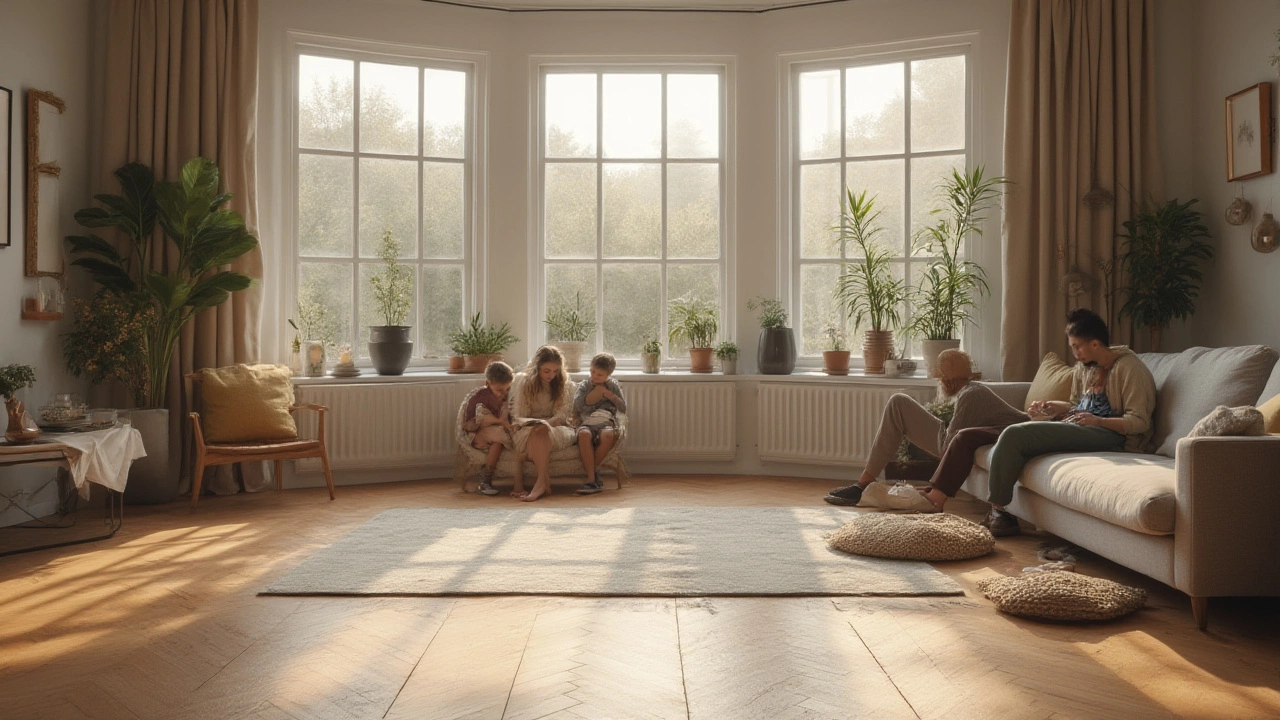Flooring Materials: What You Need to Know
If you’re planning a new floor or a makeover, the first step is figuring out which material fits your needs. The right flooring can boost comfort, durability, and style without breaking the bank. Below we break down the most common options, their strengths, and a quick checklist to help you decide.
Common Types of Flooring Materials
Hardwood – Gives a warm, natural look and can be sanded down a few times. It’s great for living areas but can be pricey and reacts to moisture.
Engineered hardwood – A thin veneer of real wood over a plywood core. It looks like hardwood, handles humidity better, and is usually cheaper.
Laminate – Uses a photographic layer that mimics wood or stone. It’s resistant to scratches, easy to install, and budget‑friendly, but it can’t be refinished.
Luxury Vinyl Plank (LVP) – Realistic wood look, waterproof, and comfortable underfoot. Ideal for kitchens, bathrooms, and basements.
Tile (ceramic or porcelain) – Very durable, water‑proof, and comes in endless patterns. It stays cool, which is perfect for hot climates, but it’s hard under the feet.
Carpet – Soft, warm, and good for bedrooms or lounges. It hides minor imperfections but stains easily and needs regular cleaning.
How to Choose the Right Flooring for Your Project
Start with the room’s use. High‑traffic areas like hallways benefit from hardwearing options such as LVP or tile. For cozy spaces where you want a soft feel, carpet or engineered hardwood works well.
Next, think about moisture. Bathrooms, laundry rooms, and basements demand water‑resistant choices – LVP, tile, or waterproof engineered wood.
Budget is a big driver. Laminate and basic LVP are the most affordable, while solid hardwood and high‑end tile sit at the top end. Remember to factor in installation costs; click‑lock systems save on labor.
Maintenance habits matter too. If you hate scrubbing, pick a low‑maintenance surface like laminate or tile. If you don’t mind occasional deep cleaning, carpet can still be a good fit.
Finally, match the style to your décor. Warm wood tones suit traditional homes, while crisp gray tile or sleek LVP fits modern designs. Use sample boards to see how light and colour change throughout the day.
Choosing flooring doesn’t have to be overwhelming. List your priorities – durability, water resistance, budget, look – then compare the top three options that meet those needs. With the right material, your floor will look great and last for years.
The Most Popular Home Flooring of 2025: Trends, Stats, and Smart Choices
- Gavin Whitaker
- |
- |
- 0
Curious which flooring rules homes in 2025? Uncover the bestseller, new trends, what homeowners really pick, and the hidden pros and cons. Get smarter about flooring.
View more